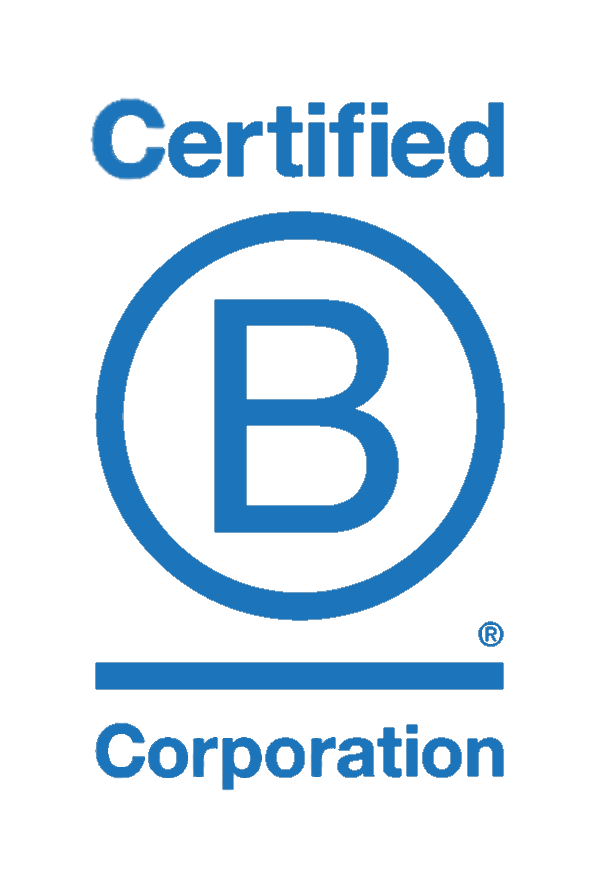Small Business Tax Loophole Allows LLC to be Taxed at 15% Rate
|
Getting your Trinity Audio player ready...
|
 Can I save money on taxes with a Delaware LLC? Here are ways that a Delaware LLC could save Federal income and employment tax.
Can I save money on taxes with a Delaware LLC? Here are ways that a Delaware LLC could save Federal income and employment tax.
After forming an LLC, there are three alternative tax regimes. No action is required for the first one, and the other two tax elections can be elected into if you think either of the S or C corporation tax elections may be more favorable for your LLC. The right to make these IRS tax elections for your LLC is known as the “check the box” regulation.
Do not delay formation due to tax decisions. The sooner you form your LLC, the sooner the protective limited liability shield is created. You can wait up to 75 days to decide on your tax elections which can reduce your effective tax rate. Your decision about tax elections for your LLC should be made with a goal to reduce your effective tax rate. Your accountant should help you make this tax election decision after you form an LLC. Here is an overview of how the tax elections work.
Federal taxation varies predicated first upon the entity you form, which has a default tax status. It is important to understand how you might be affected based on the decision whether to make a tax election to opt out of the default tax treatment. For many active businesses, thousands of dollars per year can be saved by a timely tax election.
Default Tax Treatment of LLCs: Easy, But Not Usually Most Favorable
For example, if an LLC begins with one member it will be taxed as a sole proprietorship, meaning all income and expenses are reported on Schedule C of the individual’s tax return. This is known as a disregarded entity for tax purposes because the income and expenses are reported on the single member’s personal 1040 U.S. Tax Return and not a separate business tax return.
Multi-member LLCs default to partnership tax status and therefore file IRS Form 1065 Partnership Return with a Form K-1 for each individual member listing both the income and losses to be reported by each member of the partnership. The primary detriment to being taxed as a sole proprietorship or partnership is that all taxable income is subject to employment taxes as “earned income,” meaning that a 15.3% Social Security-Medicare tax applies to all income up to $90,000, and a 2.9% Medicare rate applies to any subsequent income above that.
LLCs Reduce Self-Employment Taxes with S-Election
If an LLC wishes to avoid up to half of the Social Security and Medicare contributions, the LLC may make a Subchapter “S” election by applying for an EIN on form SS-4 and filing the IRS Form 2553 within 75 days of formation or the beginning of a tax year. Only U.S. citizens or green card holders may be members of an LLC which elects Subchapter “S.” After making the S-election, up to half of the LLC’s taxable income may be left in the LLC instead of paid out as compensation. Instead it will be distributed or reported as passive income, known as an S-Dividend, not subject to Social Security contributions. Following the “S” election, the LLC is required to file IRS Form 1120S Corporation Income Tax Return each year.
The taxable income is passed through pro-rata to the LLC members based on the percentage ownership of the members of an LLC electing to be an S-Corporation. Each member is sent a Form K-1 at the end of each year listing the taxable income to be reported by that member. The LLC incurs no income tax. The S-Corporation tax return, IRS Form 1120S, is only an informational return.
LLC Making C-Corporation Election: 15% Tax Rate
As a second alternative, the LLC may elect to be taxed as a C-Corporation. This is how an LLC can achieve a 15% tax rate. The LLC can make this election by filing the C-Corporation election on IRS Form 8832 within 75 days of either the formation date or the beginning of a subsequent tax year. Taxable income is taxed at corporation rates and reported on the IRS Form 1120 Corporation Tax Return to be filed each year. The tax rate on LLCs electing to be taxed as C-Corporations is 15% on the first $50,000 of taxable income each year.
LLCs electing C-status which render personal services are not eligible for this low tax rate unless the ownership is structured so that at least 6% of ownership interest belongs to somebody not employed by the corporation or LLC (which may include spouses or relatives) in order to avoid the Personal Service Classification. Unless you are a professional who is not eligible for this exception, this loophole in the U.S. tax law may be used to save thousands in taxes.
The funds left after paying this low 15% rate may be retained to use as working capital, distributed out to the owners through dividends, or lent out. The owner can also borrow up to $10,000 from the corporation using an interest-free promissory note. Interest must be paid at the applicable federal rate or it will be imputed on any loans from the corporation in excess of $10,000.
Conclusion: Form the LLC First, Consider the Tax Elections Second
The key point is that an LLC starts out as a partnership or sole proprietorship depending on whether it is multi-member or single-member. Then an LLC may elect to be taxed as an S-Corporation or a C-Corporation for what could be lower tax rates, while maintaining the asset protection benefits and partnership agreement benefits built into the LLC operating agreement.
It is better to form the LLC which has all of the tax options because corporations cannot elect into partnership or sole proprietorship status and have less flexibility. Plus the Delaware LLC can include more protections and flexibility built into its operating agreement to help you achieve your goals.




